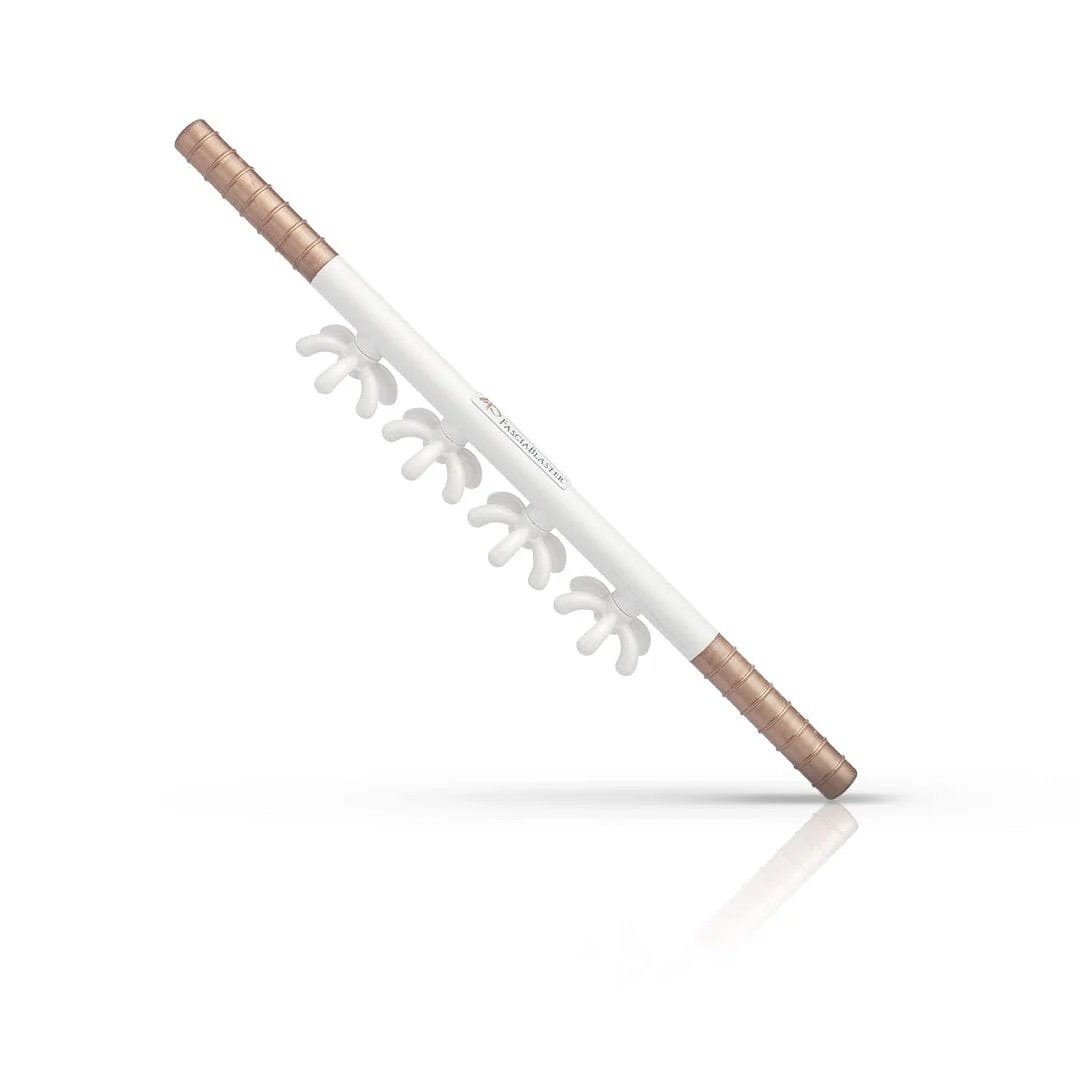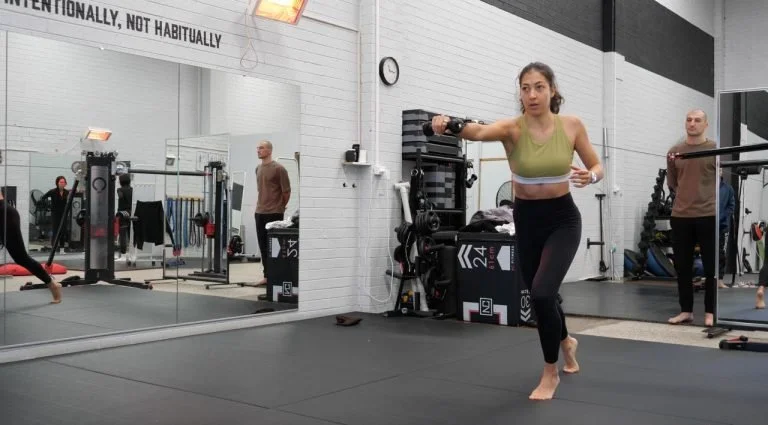Fascia Blaster: Myths and Facts Explained
Why People Are Rethinking Fascia Blasting
Over the last few years, tools like the Fascia Blaster have gained enormous popularity across Australia. Promising smoother skin, pain relief, and better movement, fascia blasting has become a viral wellness trend — but is it really helping, or could it be doing more harm than good?
As more people begin to question quick-fix methods, the focus is shifting toward smarter, long-term solutions that address the root causes of dysfunction rather than just the symptoms.
What Is Fascia and Why It Matters
Fascia is the web-like connective tissue that surrounds and supports your muscles, organs, and joints. It plays a crucial role in maintaining posture, transferring force, and allowing your body to move efficiently.
Unfortunately, many mainstream approaches — including fascia blasting and other aggressive release methods — treat fascia as something that needs to be broken down or “released.” This misunderstanding often leads people to overlook the real function of fascia: to integrate the body’s movement systems, not to be attacked in isolation.
The Rise of Fascia Blasting (and Why It Caught On)
The Fascia Blaster, created by Ashley Black, became a global sensation through social media and influencer marketing. Users shared dramatic before and after fascia blasting photos, showing temporary changes in skin tone and cellulite appearance.
The promise was appealing — quick, visible results from home with minimal effort. For many, fascia blasting seemed like a simple fix for chronic pain, tightness, or body image concerns. But behind the marketing lies a deeper issue: these results often don’t last, and in some cases, fascia blasting can cause bruising, inflammation, and tissue irritation.
The Problems With Fascia Blasting and Similar Methods
Treating Symptoms Instead of Root Causes
Fascia blasting focuses on surface-level changes. While it may temporarily improve circulation or mobility, it doesn’t address why the fascia feels tight in the first place. The problem lies in poor movement patterns, muscle imbalances, or postural dysfunction — this is where zooming out and addressing the body as a whole is more effective at getting to the root cause.
How Aggressive Fascia Manipulation Can Create More Dysfunction
Using intense pressure to “break up adhesions” can lead to trauma, swelling, or pain. In reality, fascia doesn’t need to be forcibly broken apart; it needs to be retrained through coordinated movement.
Why Isolated Tissue Work Doesn’t Translate Into Better Movement
Even the best fascia release tools or myofascial massage tools can’t fix a dysfunctional movement pattern. Without improving how you walk, stand, and move daily, the tightness and pain simply return.
A Better Perspective: Understanding the Body as an Integrated System
Your fascia, muscles, and nervous system don’t work in isolation — they function as one interconnected unit. This means that improving your posture and biomechanics has a far greater impact on your fascia than any manual tool.
Focusing on function first, rather than aesthetics, leads to genuine improvements in mobility, strength, and long-term tissue health. This is where Functional Patterns offers a smarter alternative.
The Functional Patterns Approach
Rather than attacking fascia with a tool, Functional Patterns uses biomechanical training to help your fascia adapt and strengthen naturally through movement.
Reprogramming Movement Patterns Instead of Attacking Fascia
By addressing dysfunctional movement at its root, the body learns to distribute tension evenly — reducing pain and improving efficiency.Training for Long-Term Structural Balance
Functional Patterns prioritises the body’s natural gait cycle (walking, running, throwing) to build real-world strength and postural alignment.Real Results Based on Biomechanics, Not Band-Aid Solutions
Instead of chasing temporary relief, Functional Patterns focuses on creating lasting results that improve your quality of life — without the need for repetitive manual “release” techniques.
What Happens When You Stop Fascia Blasting and Start Functional Training
When people transition away from tools like the Ashley Black Fascia Blaster and begin Functional Patterns training, they often report:
Improved posture and balance
Reduced chronic pain and inflammation
Better movement efficiency and performance
Sustainable changes in muscle tone and tissue health
By rebuilding healthy fascia through proper movement, you’re giving your body what it actually needs — integrated function, not isolated manipulation.
Moving Beyond Fascia Blasting for Good
The Fascia Blaster and similar fascia massagers might offer short-term sensations, but they fail to create lasting structural change. True fascial health comes from restoring the way your body moves — not from breaking down tissue.
If you’re ready to move past temporary fixes and start building a body that functions well for life, the Functional Patterns approach provides a science-based, sustainable path forward.





